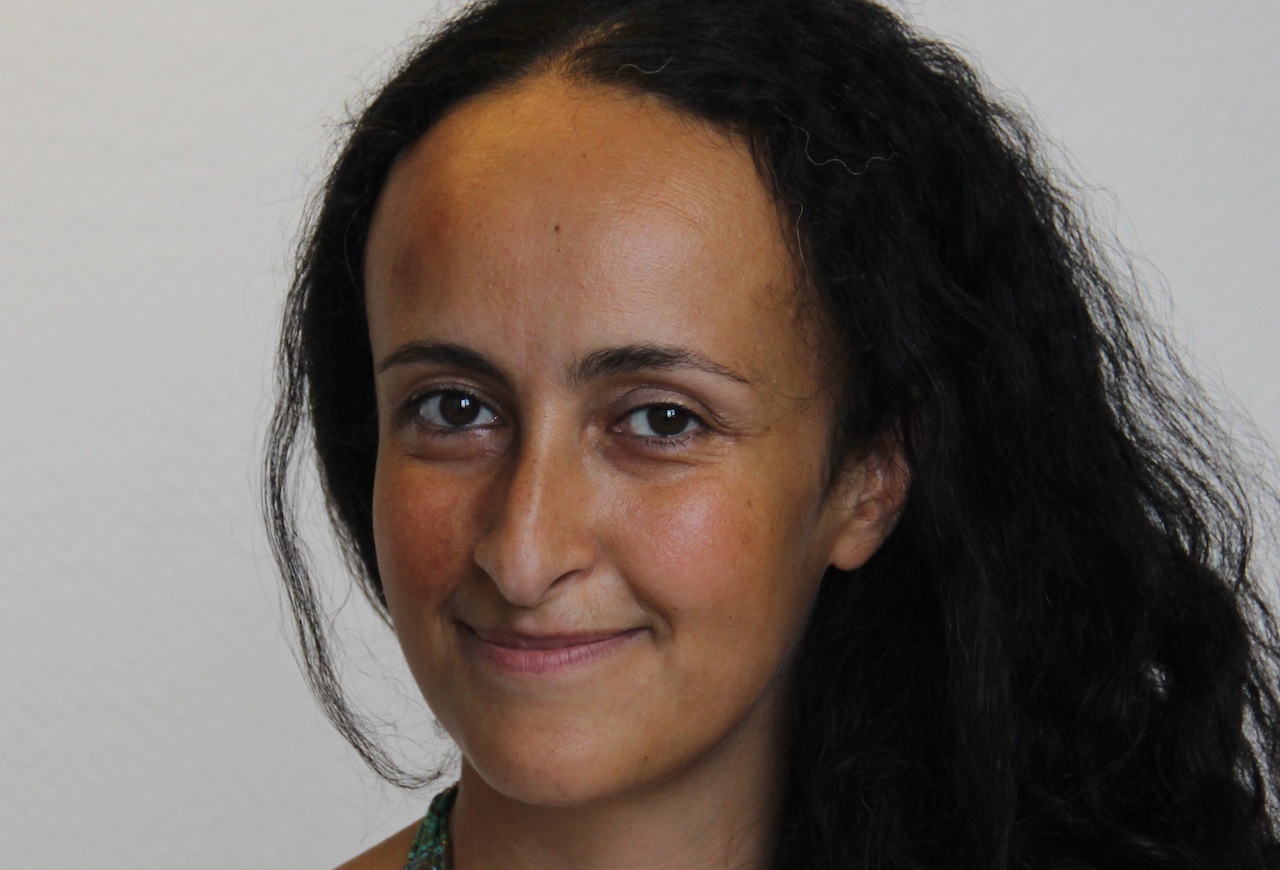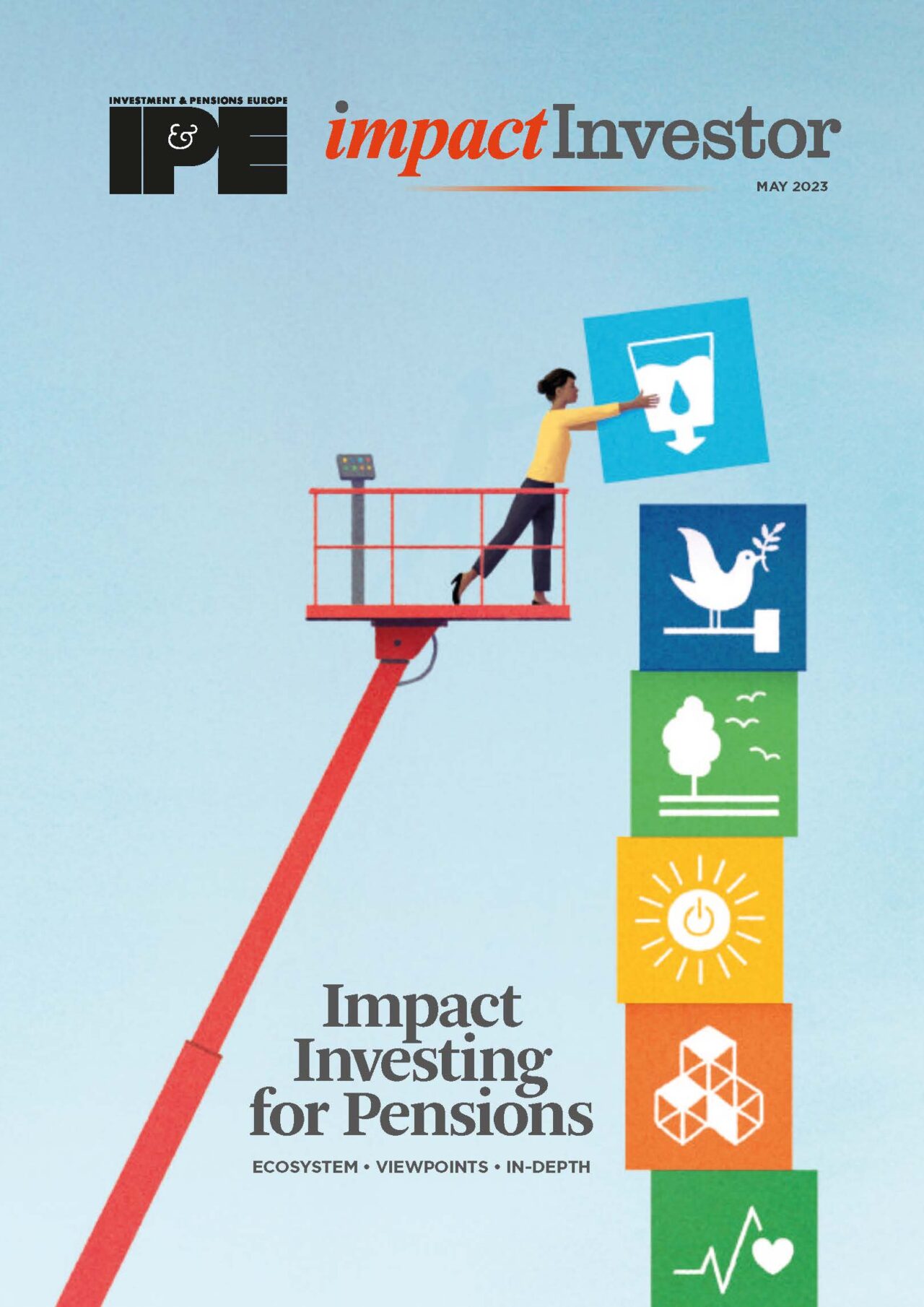Impact bonds, which go by many names, use private capital to help governments address societal problems more cheaply and effectively. Experts say investor interest is high, and there is an expansion of regions and themes.

With reputational and regulatory risks around greenwashing on the rise, investors are scrambling to demonstrate that their sustainability strategies achieve genuine social and environmental impacts.
This has involved some mainstream institutions labelling their allocations to asset classes like green bonds and ESG funds as ‘impact investments’, on the basis that they contribute to a lower cost of capital for companies that make more sustainable decisions. This link has become even more explicit over recent years with the explosion of sustainability-linked loans and bonds, through which a borrower can achieve a lower interest rate if it hits agreed environmental or social targets.

“Investors are usually told that to make a real social impact they have to accept a lower return,” says Maha Keramane, head of BNP Paribas’ ‘positive impact business accelerator’. But there is one asset class where impact is considered to be justification for higher returns, rather than compensation for lower ones, she continues: “With impact bonds, the mindset is that the bigger the impact, the higher the return for investors.”
Terminology
Still commonly known as impact bonds in France, but increasingly referred to by names like ‘outcomes partnerships’ or ‘pay-for-success contracts’ elsewhere in the world, in a bid to distinguish them from traditional bonds that are traded on the capital markets, these instruments have been around for a little more than a decade.
They can be structured in various ways, but at their heart they bring private money together with public funders and community organisations to develop cheaper, more effective ways of tackling societal problems. Their success hinges on whether they meet granular targets, but they also aspire to achieve impact by driving systemic change in the way services are delivered.
A national or local government could be keen to prevent children from being placed into foster care, for example, in instances where it isn’t in their best long-term interests: when they are in non-abusive families that are struggling to remain together for behavioural or financial reasons, say.
As well as being bad for the families, placing children into care is expensive for the state. Social impact bonds can raise upfront capital from private investors to fund the development and delivery of programmes that provide counselling and practical support to at-risk families. If those interventions ultimately enable children to remain with their families, and therefore saves the state the cost of providing foster care, investors are repaid. They also receive a premium, which rises the more successful the programme is.
Last year, London-based social investment institution Big Society Capital analysed the previous decades’-worth of outcomes partnerships in the UK, and concluded that for every £1 the government had spent, a further £10.20 had been generated through a combination of direct government savings, costs avoided and value created.
Economic value of impact
In the UK city of Newcastle, an outcomes partnership was rolled out in 2015 to help people better manage their long-term health conditions. In its final assessment, the programme was found to have helped 6,600 people, cutting their cost of care by an estimated 27% compared with similar groups outside the programme, and freeing up 14% more time for their GPs to treat other patients.
“It’s all about demonstrating that impact has an economic value in society and you can quantify it in financial terms,” says Keramane, whose work at BNP Paribas involves both structuring and investing in impact bonds.
Those financial terms don’t match market returns, though, especially in the current inflationary environment, and – on paper at least – the risks are high: the capital is unsecured, so if the targets of the programme aren’t met, an investor could lose it all (although structurers often diversify the metrics used across portfolios to mitigate some of this risk). And when it does meet or exceed its objective, the payback is well below expected returns for other asset classes with similar risk profiles, such as private equity.
Exact figures are hard to come by, and governments often keep the costs of these projects out of the public domain, but Big Society Capital, which is a long-term investor in the space, said it “expects to generate a low-to-mid single digit return per annum” on its directly-invested capital. Amid COVID-related delays and rising living costs, some partnerships are targeting more like 1%.

“It’s definitely not about maximising your profit,” explains Mila Lukic, who runs outcomes partnerships for the non-profit arm of Bridges Fund Management in the UK. Lukic has been structuring these deals since the early days of the asset class and says that, although in theory 100% of the capital is at risk, in practice the model has established a successful track record that has reassured investors.
“Every fund we’ve ever launched for outcomes partnerships has been over-subscribed,” she says, adding that the same investors will tend to return each time, alongside new additions.
For Bridges, it’s endowments, foundations and development banks that drive demand. Its funds have been seeded by government departments and social investment institutions, and then backed by the philanthropic arms of big institutions like JP Morgan and Deutsche Bank. Local authority pension funds in the UK have supported programmes in their own communities, but only through specialised pockets of their portfolio that don’t target market returns.
Diversification
The UK currently has the biggest market for outcomes partnerships (Big Society Capital estimates that there have been more than 90 deals in the country), but Bridges has more recently moved beyond Britain, supporting programmes to tackle youth unemployment in Gaza and child literacy in Sierra Leone, among others. It is currently working on a strategy dedicated to low- and middle-income countries, in partnership with UBS’ Optimus Foundation.
BNP Paribas is also fundraising for its next vehicle, which is targeting around €50m, but Keramane says that in France “the investor base is barely philanthropic at all”. Banks, asset managers and insurers allocate small parts of their impact strategies to this type of investment, although, for client confidentiality reasons, BNP was unable to name such investors in its funds beyond its own insurance and banking arms.
One attraction for mainstream investors is in diversification – social impact bonds bear no correlation with financial markets. But the biggest appeal is the access to a pure and measurable form of real-world impact: these instruments are underpinned by quantitative data, and it’s much easier to track the change created by each dollar, euro or pound than it is with market-based sustainability investments.
As well as investing its own balance sheet into its funds, Keramene hopes BNP Paribas will eventually be able to invest third-party assets, as mainstream clients continue to search for ways to achieve and track impact.
So far, impact bonds have focused heavily on overcoming social challenges, but the model’s expansion into environmental issues is likely to bolster investor interest by aligning the objectives more closely with institutional investors’ main sustainability priority: climate change.
France’s Agency for Ecological Transition, Ademe, estimates that a tonne of carbon will cost society the equivalent of between €100 and €250, and it is using those calculations as the basis for funding impact bonds that avoid emissions. Similar models have been piloted around waste and the circular economy in France – based on the savings made from reduced incineration and less need for new materials – and Keramane expects more themes to develop in future.
Scaling up
Both Keramane and Lukic say that, despite high demand from funders and investors, scaling the market is tricky; in part because impact partnerships suit flexible, long-term funding models rather than rigid annual public budgets. They also generate savings across multiple state departments, which can make it difficult to assign responsibility for funding them. Some co-payment vehicles have been established within governments already, and there are others in discussion, but it’s a slow process.
According to Big Society Capital’s research, the UK has around 90 outcomes partnerships, making it the biggest market in the world. The US comes in second with around 30, followed by Japan, the Netherlands, Portugal, Australia and France.
Case study
Where: The city of Manchester in the UK
When: 2017
The problem: Spiralling homelessness
Who invested? The UK’s Office for Civil Society, Greater Manchester Pension Fund, Big Society Capital, Pilotlight, Trust for London, two of Manchester’s biggest housing providers, One Manchester and Trafford Housing Trust, Bridges Outcomes Partnerships.
How much? Not disclosed
What was the capital spent on? Establishing a body to develop and deliver new ways for public services to interact, in order to better help those sleeping rough.
What change did it create?
→ The new body convinced housing associations not to blacklist prospective tenants with outstanding rent arrears or bad records, and to introduce ‘managed moves’ instead of evictions if tenants caused problems.
→ It appointed a nurse to provide dual mental health and addiction diagnoses, which helped individuals access appropriate mental health care more easily.
→ It got the courts to agree that people participating in its programme would not be recalled for custodial sentences as soon as they secured permanent housing.
→ It created a biometric system to safely store formal identification, allowing individuals to more easily access bank accounts, employment opportunities and housing services; and got key public agencies and banks to accept print-outs of this ID in lieu of formal paperwork.
The target: Rehouse 183 people over four years.
The reality: The programme was nearly twice as impactful as hoped, rehousing 357 people at around half the cost of conventional methods.
How much did investors get paid? The funders won’t disclose this information, but it’s estimated that investors were repaid their initial capital, plus a very modest return. The government allocated a maximum of £2.6m to the project, paid out through premiums: £500 for every participant who moved into a home, with £1,500 bonuses for sustaining the tenancy for three, six and then 18 months, and more for completing rehab or training and getting a job.
This article is part of the editorial content of the Impact Investing for Pensions report. You can download a digital copy of the report here.






